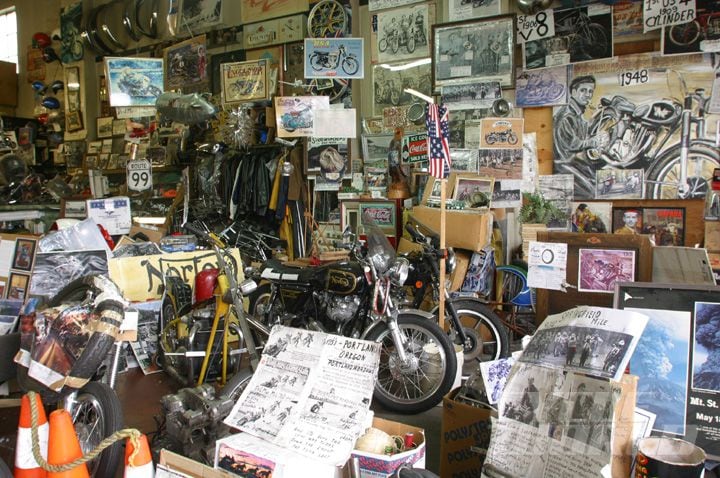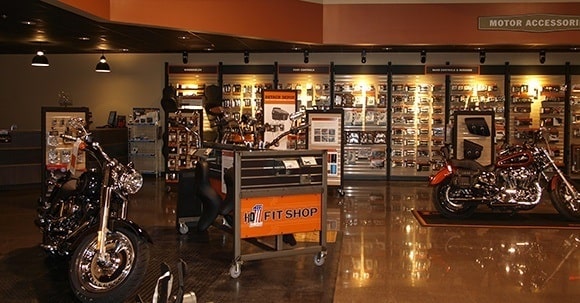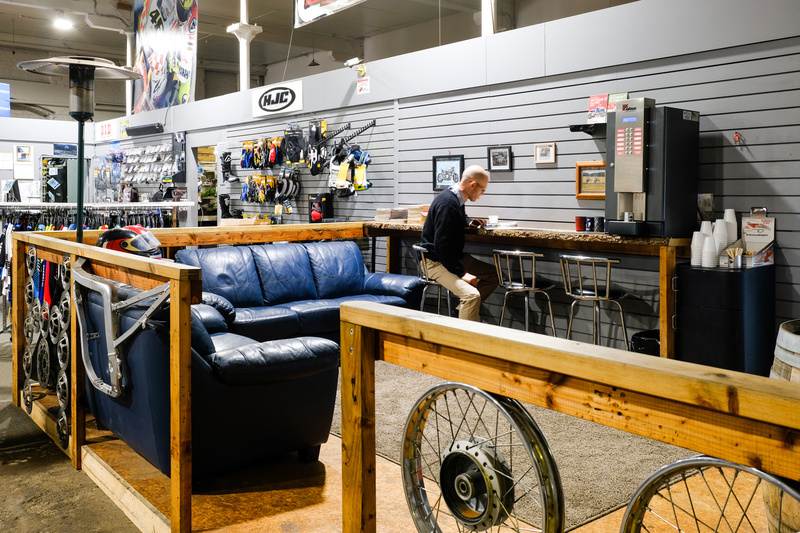Discover High Quality Moto Parts NZ for All Your Motorcycle Needs
Wiki Article
Mastering Motorbike Gears: Exactly How to Enhance Your Riding Experience
In the world of motorcycling, understanding the art of equipment adjustment is important for improving your riding performance. Correctly understanding and utilizing motorcycle gears can dramatically impact control, gas, and acceleration performance, changing an average ride right into a smooth, thrilling trip. By incorporating specific change timing and adapting equipment selection to numerous road problems, riders can guarantee ideal engine efficiency and safety. The nuances of clutch control, throttle sychronisation, and equipment mechanics beckon a deeper expedition, guaranteeing to open the full possibility of your device. Exactly how can these methods be taken advantage of to really optimize your riding experience?Comprehending Equipment Mechanics
At the core of motorbike characteristics, equipment auto mechanics play an essential duty in converting engine power into motion, ultimately determining rate and control. The gear ratios, carefully made, establish the partnership between engine revolutions and wheel turns, influencing velocity and fuel efficiency.
Comprehending gear technicians begins with recognizing the significance of the transmission, which houses numerous gears of varying dimensions. These gears connect with a process understood as meshing, where teeth of different equipments involve to transmit power.
In addition, the concept of equipment shifting is indispensable to taking full advantage of efficiency. Smooth and timely shifts make sure that the engine operates within its optimal power band, protecting against unneeded pressure and enhancing durability (motocross gear). By understanding these mechanical intricacies, bikers can attain an unified blend of power, effectiveness, and control, raising their riding experience
Timing Your Changes
Change timing proficiency is essential for enhancing bike efficiency and boosting the riding experience. Properly timed shifts ensure that the engine operates within its ideal power band, which is vital for maintaining control, accomplishing smooth velocity, and making certain the longevity of the motorbike. Bikers should establish an user-friendly sense of when to move gears, which involves understanding the relationship between engine revolutions per min (RPM) and rate.To understand change timing, pay close attention to the engine's noise and feel, as these provide crucial hints about when to alter gears. When the engine approaches the upper array of its power band without getting to the redline, the optimal shift factor commonly takes place - motocross parts nz. Moving prematurely can result in an absence of power, while moving far too late might trigger unnecessary engine strain
Furthermore, road problems and riding style influence change timing. In comparison, during highway riding, fewer shifts at greater speeds can be extra suitable.
Enhancing Gas Effectiveness
While mastering motorbike gears is vital for efficiency, enhancing gas performance is equally crucial for both ecological and financial factors. Optimal fuel usage not just reduces operational expenses however additionally minimizes the environmental footprint of riding. To attain this, one have to understand the elaborate connection in between equipment option and engine performance.Firstly, choosing the appropriate gear at appropriate speeds can considerably affect gas usage. Riding in a greater gear at lower speeds can result in engine carrying, which is damaging to both gas economic situation and engine wellness. Conversely, riding in reduced gears at broadband leads to unnecessary fuel usage. Therefore, keeping an optimum equilibrium by moving gears in alignment with roadway conditions and prepared for maneuvers is essential.
Additionally, regular upkeep plays a crucial function in fuel efficiency. Making sure that the motorbike is well-tuned, with clean air filters and effectively blew up tires, can improve aerodynamics and reduce gas waste. Embracing a riding style that welcomes progressive acceleration and smooth slowdown can add to much better fuel economic climate.

Techniques for Smooth Transitions
Attaining smooth gear changes is fundamental to improving the riding experience and guaranteeing the long life of a motorcycle's transmission system. Proper look what i found equipment moving not just contributes to a smooth adventure but additionally reduces damage on the mechanical elements. To understand the art of smooth transitions, cyclists should concentrate on a few vital techniques.
Secondly, clutch control plays an essential duty. Engaging and disengaging the clutch smoothly needs method. The clutch bar should be released slowly, enabling a smooth transfer of power from the engine to the wheels without creating a jolt or abrupt movement.

Adjusting to Roadway Conditions
Browsing diverse roadway conditions is an important ability for any type of motorcyclist intending to preserve control and safety and security. Whether you're riding on wet surfaces, crushed rock roadways, or browsing sharp turns, your ability to adapt your equipment use and riding method is critical. Comprehending how to adjust your equipments appropriately can considerably impact grip and security, making sure a much safer journey.On damp roadways, it is recommended to maintain greater equipments to decrease torque and minimize wheel spin. This strategy assists maintain grip on unsafe surfaces, permitting for smoother velocity and deceleration. On the other hand, when riding on gravel or uneven surface, reduced gears are better. Reduced gears give much better control and allow you to react more swiftly to unanticipated modifications in the road surface area.
Sharp curves demand precise equipment management to balance rate and control. Downshifting before getting in a contour can help keep momentum while ensuring the motorbike remains steady throughout the turn. Regular method in diverse conditions boosts your ability to forecast and respond to modifications in roadway texture and slope.
Conclusion
Understanding motorcycle equipments significantly enhances the riding experience by improving fuel, velocity, and control performance. Adjusting gear selection to various road problems, such as making nfx helmets use of greater gears on wet surfaces and reduced equipments on gravel, additional enhances handling and safety.Understanding equipment auto mechanics starts with acknowledging the significance of the transmission, which houses numerous equipments of varying dimensions. These equipments engage with a procedure known as meshing, where teeth of various equipments engage to transmit power (motox parts this article nz). Mild modifications to the throttle during equipment shifts can prevent jerky activities and preserve a consistent riding rate
Whether you're riding on wet surface areas, crushed rock roads, or browsing sharp turns, your ability to adjust your gear usage and riding method is critical. Adjusting equipment selection to numerous road problems, such as using greater gears on damp surfaces and reduced gears on crushed rock, further boosts handling and safety.
Report this wiki page